
Sometimes, when the errands are done, the Mong man has a little too much to drink. His wife waits patiently behind him as he snoozes on the side of the road. Under the rays of the harsh noon sun, she holds the umbrella with one hand while fanning her husband with the other, horse tied to her leg.
Such a scene is common for the Mong people, an ethnic minority that was recently recognised as one of the most homogeneous communities in all of Vietnam.
Ethnologists, sociologists and researchers have gathered in Hanoi at a recent workshop on Mong culture to discuss the preservation of the Mong’s cultural identity.
"The Mong are a special community that possess unique features in their history and lifestyle," said researcher Vuong Duy Quang. "This can be found in their etiquette, communal values, ethnic psychology and spiritual life."
The Mong, who can also be found in China, Laos, Myanmar and Thailand, make up 1 percent of Vietnam's population of 80 million. They dwell in the mountainous of provinces of north-western Vietnam, including Cao Bang, Dien Bien, Ha Giang, Lao Cai, Son La, Yen Bai, Nghe An, Thanh Hoa, Tuyen Quang, Lai Chau and Lang Son.
According to experts, the majority of young Mong prefer to speak their own language rather than Vietnamese. Their houses are made of dried earth and have thatched roofs, as they have been for centuries, rather than being made of cement and steel.
Almost all the Mong continue to dress in traditional costumes that date back hundreds of years. Their fabrics are still made of flax, which is created by dying
linen with indigo before it is woven and sewn by female hands to create a whole range of hand-made outfits, hats, scarves, bells and umbrellas.
They use their own musical instruments like the khen (bamboo panpipe), ken Ia (leaf horn) and dan moi (lip-blowing instrument). Culinary specialities include thang co (a mixture of cooked pig organs) and men men (ground corn).
The Mong consider the marketplace a place to "see one's heart through". They
have a saying that goes, "to get to know good people, go to the market."
Unlike the ethnic majority Kinh, the Mong usually usher in their new year in the 12th month of the lunar calendar (January or February) with a ceremony called Nu Tra. During this time, Mong families call upon the gods for blessings such as new-born sons, good health, bumper harvests and prosperity. They hold a fete called Gau Tao (Visiting the Mountains) that has solemn and playful components.
Cultural identity
Experts, however, agree that most of the efforts to preserve the Mong’s unique culture lave not been properly planned. Compared to other communities, the Mong lag behind in terms of social and economic progress and hunger still dominates areas, especially among families that practice nomadic lifestyles. The Mong in Thanh Hoa and Nghe An provinces are prone to illiteracy rates in excess of 50 percent.
Their nomadic lives have left them with poor housing and bad transportation networks, while the health care system is beyond the reach of most community members. In some remote areas, hospitals are completely inaccessible. Superstition is a also widespread in the culture.
Initial efforts by cultural leaders to preserve Mong culture began in 1994 with the implementation of a number of projects, including creating more than 1,000 sound recordings of Mong music and culture. Two years ago, the Gau Tao New Year Festival was given a boost after experts warned the ceremony was in danger of disappearing. Pa Co commune in Mai Chau district, northern Hoa Binh province became a thriving social space when Mong from Ha Giang, Son La and Cao Bang flocked there to enjoy the fete.
Researchers from the Museum of Ethnology, with help from the Ford Foundation, have gathered valuable information with which to carry out preservation projects. In addition, the Institute of Musicology has collected almost 600 Mong musical items for restoration.
Vietnam News
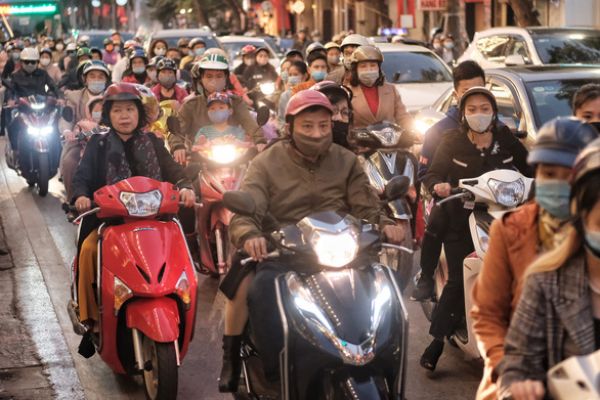
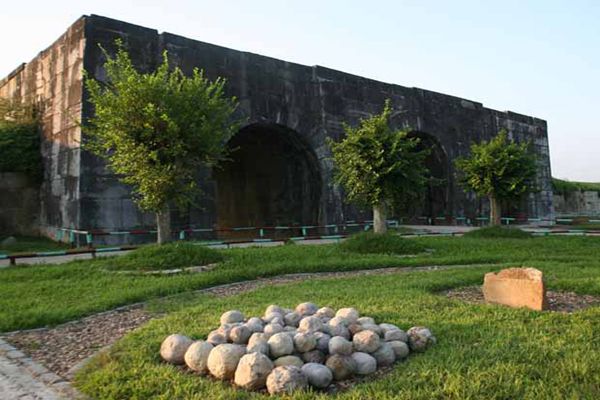
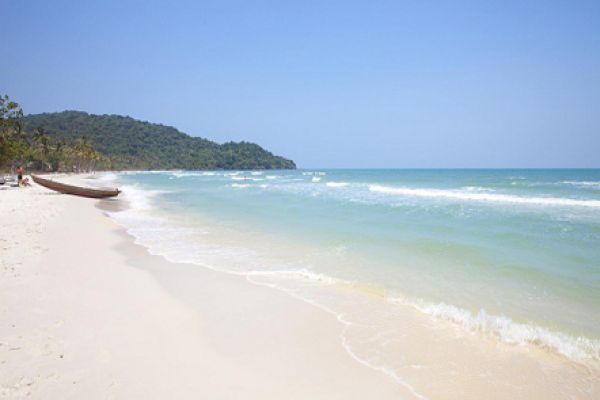
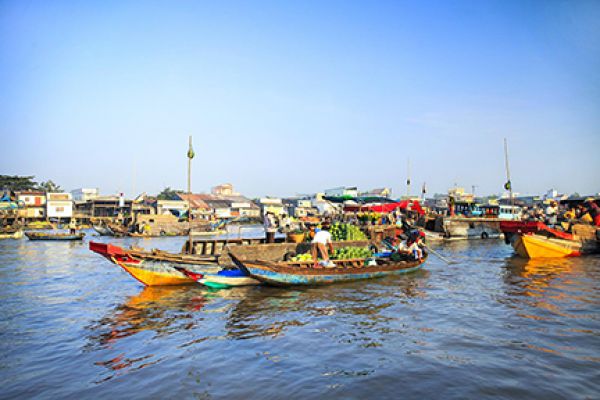
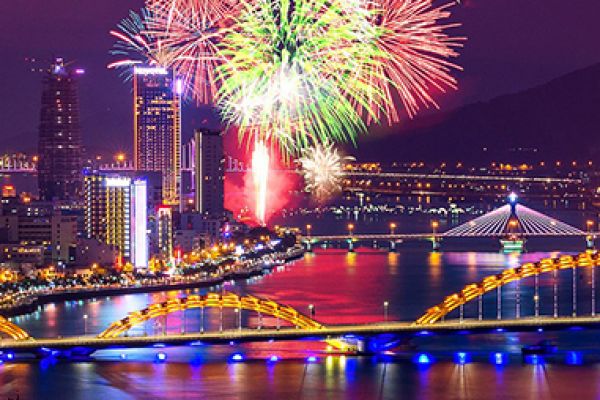

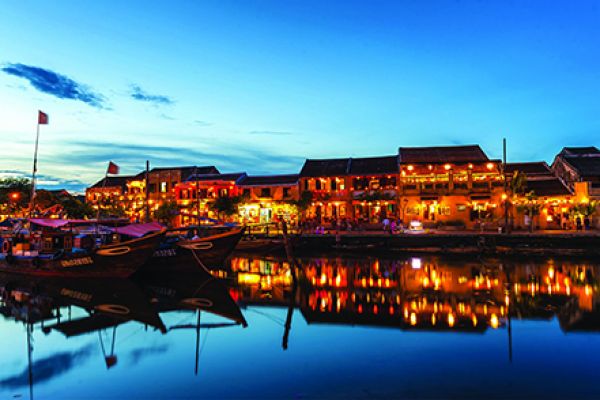
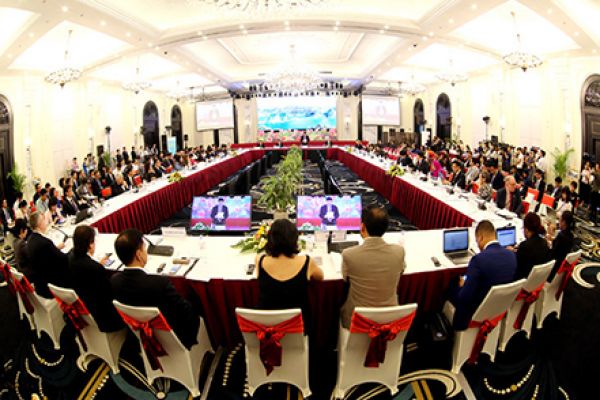
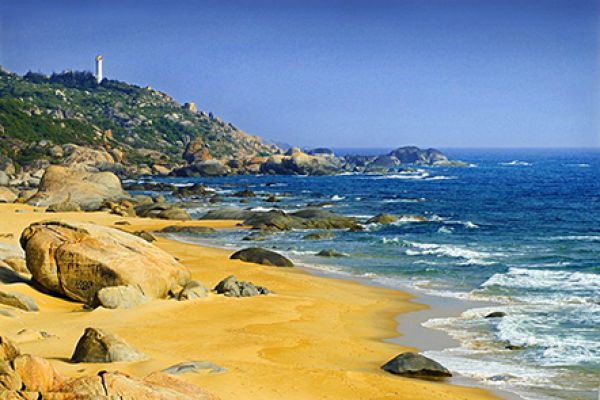
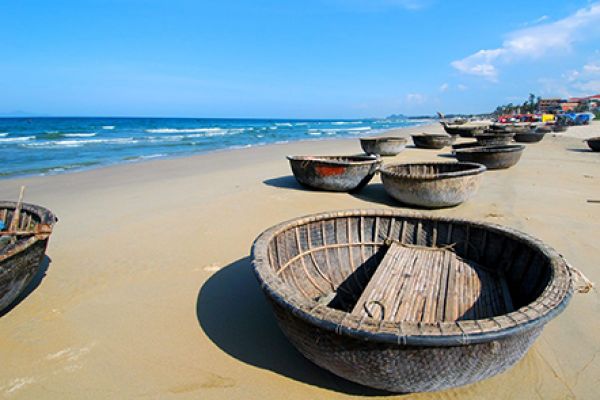
(84-63) 3 826042 – (84-63) 3 511142
No 54 Nguyen Dinh Chieu, Ham Tien Central Mui Ne Beach Binh Thuan Vietnam
523 To Hien Thanh District 10 Ho Chi Minh City Vietnam
Ha Long Halong City Quang Ninh Vietnam
A13 Hung Thong 2 Halong City Quang Ninh Vietnam




